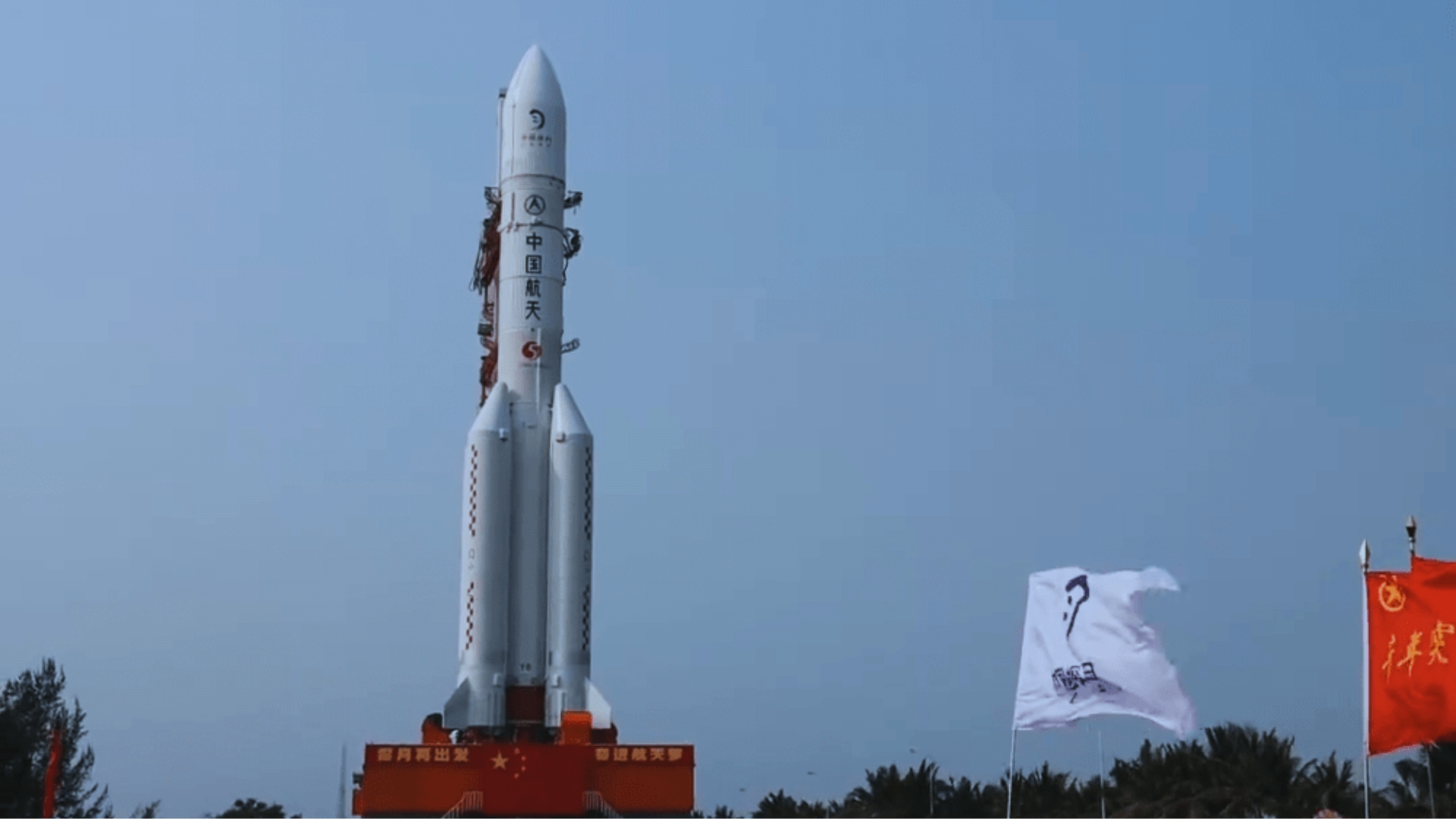The China National Space Administration (CNSA) is gearing up for the launch of its Chang’e-6 probe to explore the far side of the Moon, marking another significant milestone in China’s space exploration efforts. Scheduled to lift off from the Wenchang launch center in Hainan province, the spacecraft will be carried by China’s Long March 5 Y8 rocket.
This mission represents a bold step forward in China’s increasingly sophisticated and ambitious space program, which is now positioning itself as a key player in space exploration alongside the United States. Notably, China achieved a major feat in 2019 by successfully landing a rover on the far side of the Moon, a first in lunar exploration history.
The Chang’e-6 spacecraft aims not only to land on the Moon’s far side but also to collect rock and soil samples for return to Earth—a pioneering endeavor that has never been attempted before. By exploring this permanently shadowed region of the Moon, China seeks to unlock valuable insights into the lunar surface’s composition and geological history.
In addition to its scientific objectives, the Chang’e-6 mission carries international payloads from countries such as France, Italy, Sweden, and Pakistan. These payloads include various instruments and detectors designed to enhance our understanding of lunar geology and space environment.
READ MORE : India Slammed Pakistan Of Having Dubious Track Record Across All Areas
China’s lunar exploration efforts have rapidly advanced since the launch of the first Chang’e mission in 2007, named after the legendary Chinese moon goddess. By narrowing the technological gap with established space powers like the United States and Russia, China is positioning itself as a leading force in lunar exploration.
The far side of the Moon holds immense scientific significance due to its unique characteristics, including its isolation from Earth-based interference. This makes it an ideal location for radio astronomy and other scientific observations. Moreover, the absence of volcanic activity on the Moon’s far side offers a pristine environment for studying the celestial body’s early evolution and formation.
Through the Chang’e-6 mission, China aims to expand humanity’s understanding of the Moon’s geology and history, paving the way for future exploration endeavors. With ambitious plans to put astronauts on the Moon by 2030 and launch multiple lunar probe missions in the coming years, China is poised to play a prominent role in shaping the future of space exploration.


















